As global temperatures rise and heatwaves become more frequent, indoor plant care needs to evolve with the climate. While summer sun can bring a growth boost for many houseplants, it also introduces two major challenges: excessive indoor heat and air conditioning.
Both heatwaves and AC create rapidly shifting indoor microclimates. One minute, your plants are baking by a window; the next, they’re exposed to cold, dry air. If not managed properly, these conditions can cause leaf burn, wilting, browning, stunted growth, or even root stress.
In this article, we explore how to adapt your indoor plants care routine during extreme summer conditions and keep your greenery thriving despite indoor climate swings.

Understand How Heat and AC Affect Houseplants
Before you adjust your routine, it helps to know what you’re up against.
Heatwaves
- Cause rapid moisture loss through transpiration
- Can dry out soil faster than usual
- Increase risk of sunburn on leaves exposed to direct light
- Lead to root stress if the pot gets too hot
Air Conditioning
- Reduces ambient humidity
- Can shock plants with cold drafts
- Causes uneven temperatures depending on vent locations
- Dries out leaf edges and topsoil quicker than expected
Both factors make plant care less predictable in summer, especially if your indoor environment fluctuates between hot and cool throughout the day.
Tip 1: Adjust Your Watering Schedule
In summer, water evaporates quickly—both from the soil and from the plant’s leaves. You’ll likely need to increase watering frequency, but not blindly.
How to adapt:
- Check soil daily with your finger or a moisture meter.
- Water deeply once the top 2 inches are dry.
- Water early in the morning so plants absorb moisture before midday heat.
- For tropicals, consider bottom-watering to hydrate roots fully without wetting leaves.
Avoid overwatering—roots in hot, soggy soil can become oxygen-deprived and rot.
Tip 2: Move Plants Away from Direct Sunlight
What was gentle morning sun in spring may become harsh and damaging in summer.
Best practices:
- Shift sun-sensitive plants (like calatheas, ferns, and peace lilies) a few feet away from bright windows.
- Use sheer curtains to filter direct sunlight.
- Rotate plants regularly so all sides receive balanced light.
Sunburn shows up as bleached, crispy, or brown patches on leaves. Once damaged, those areas won’t recover.
Tip 3: Protect Against Cold AC Blasts
Cold air blowing directly onto plants can shock their leaves, dry out soil prematurely, and lead to leaf curl or drop.
To avoid this:
- Keep plants at least 3–4 feet away from vents or AC units.
- Redirect airflow with vent covers or baffles.
- Group plants together to create a buffer zone that reduces direct exposure.
Look for signs of cold damage: sudden yellowing, wilting, or crinkled leaf edges.
Tip 4: Increase Humidity for Tropical Plants
Many indoor plants—especially tropicals like monstera, pothos, fiddle leaf fig, or alocasia—thrive in humidity levels between 50% and 70%. AC tends to drop indoor humidity below 30%, which can dry out sensitive foliage.
Ways to add moisture to the air:
- Run a humidifier near your plant shelves.
- Group plants together so they share transpired moisture.
- Place pots on humidity trays (shallow trays filled with water and pebbles).
- Wipe down leaves with a damp cloth to hydrate and clean.
Avoid misting during hot afternoons, as it may lead to leaf burn under strong sun.
Tip 5: Avoid Fertilizing During Extreme Heat
Heat-stressed plants don’t want food—they want survival. Fertilizing during a heatwave can burn roots or over-stimulate plants already under stress.
Best practice:
- Skip feeding during intense heat or drought periods.
- Resume a light fertilizing routine once temperatures stabilize.
- Use diluted, balanced fertilizers (such as 10-10-10) every 4–6 weeks during growth seasons.
Plants may pause growth during extreme heat and restart once conditions improve.
Tip 6: Monitor Pot Temperature and Material
Plastic and ceramic pots can trap heat. During long heatwaves, this may overheat the roots, especially on windowsills or balconies.
Solutions:
- Use terra cotta or unglazed clay pots, which breathe and cool down more easily.
- Wrap pots with light-colored cloth to reflect heat.
- Avoid placing pots on hot surfaces like metal stands or direct floor tiles.
For outdoor balcony plants, shade the pots during peak sun hours.
Tip 7: Pause Repotting or Propagating
Heat stress reduces a plant’s ability to handle change. Repotting during extreme summer temperatures can shock the roots and disrupt moisture uptake.
Unless absolutely necessary (e.g., root rot), delay repotting until late summer or early fall. The same applies to propagating: cuttings dry out faster in low humidity, and root development may be slow or fail altogether.
Tip 8: Watch for Pests
Spider mites, thrips, and fungus gnats thrive in hot, dry environments. Dry leaves and overheated soil provide a perfect breeding ground.
Prevention tips:
- Keep leaves clean and dust-free.
- Increase humidity to deter spider mites.
- Avoid overwatering to prevent fungus gnat larvae.
- Inspect weekly under leaves and in soil.
Natural sprays like neem oil or insecticidal soap can help if infestations arise.
Plants That Need Extra Summer Care
Some indoor plants are more vulnerable to heat and AC shifts than others:
- Ferns (Boston, Maidenhair)
- Calatheas and Marantas
- Peace Lily
- Alocasia and Colocasia
- Orchids
- Baby Rubber Plant
These plants may need more frequent watering, humidity, and repositioning.
Plants That Handle Heat Well
If you live in a hot, dry climate, consider plants that tolerate heat and dry air, such as:
- Snake Plant
- ZZ Plant
- Jade Plant
- Aloe Vera
- Ponytail Palm
- Rubber Plant (Ficus elastica)
Even these will appreciate thoughtful placement and consistent watering in summer extremes.
Final Thoughts
Heatwaves and air conditioning can throw even experienced plant parents off track. But by adapting your indoor plant care routine to account for fast-drying soil, erratic temperatures, and humidity loss, you can prevent summer stress and keep your plants happy all season long.
The key is awareness and small adjustments—more light monitoring, earlier watering, and shifting plant positions. With these strategies, you’ll give your plants the resilience they need to handle even the hottest months of the year.


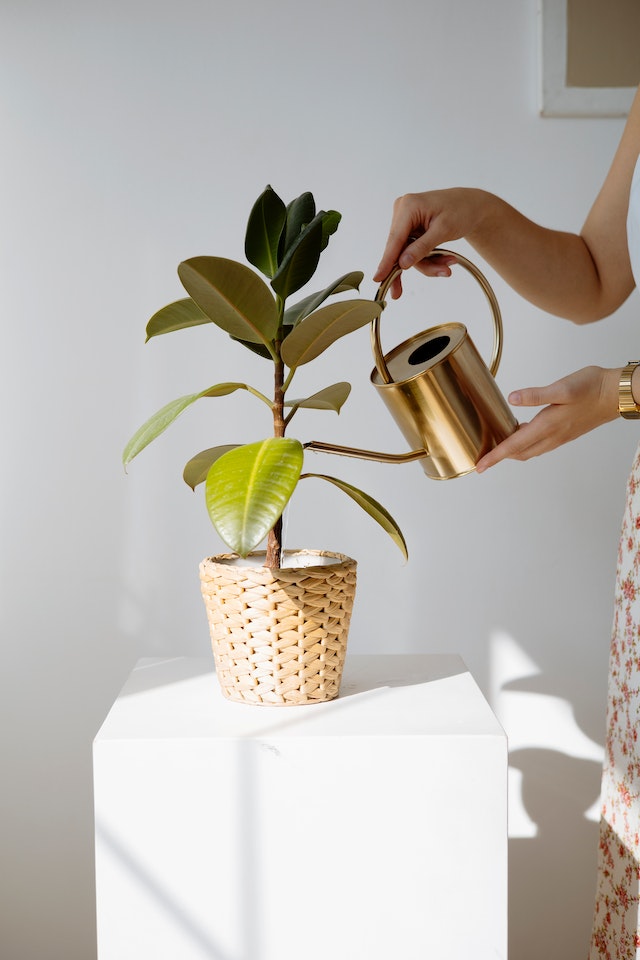
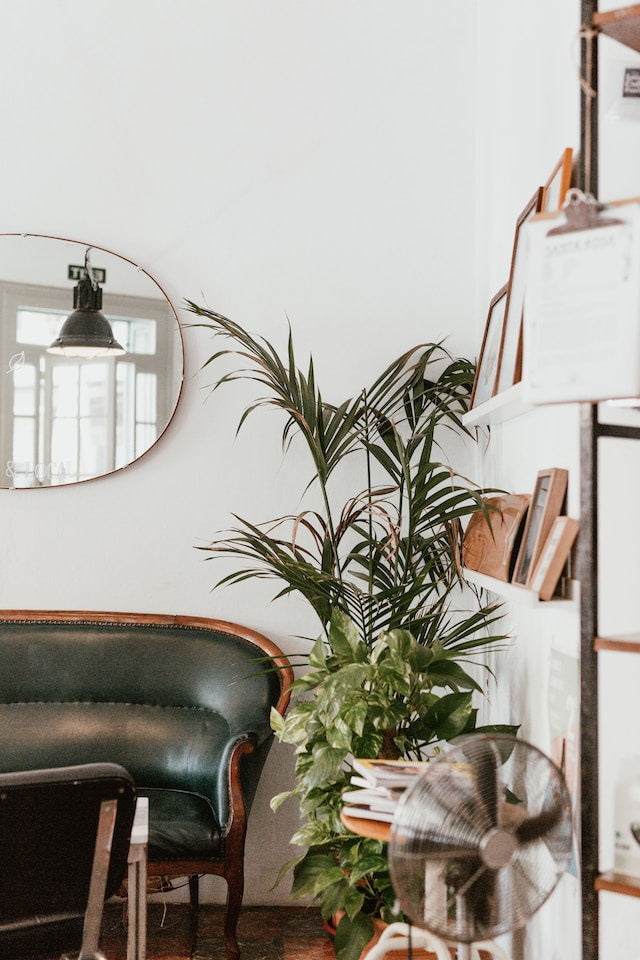
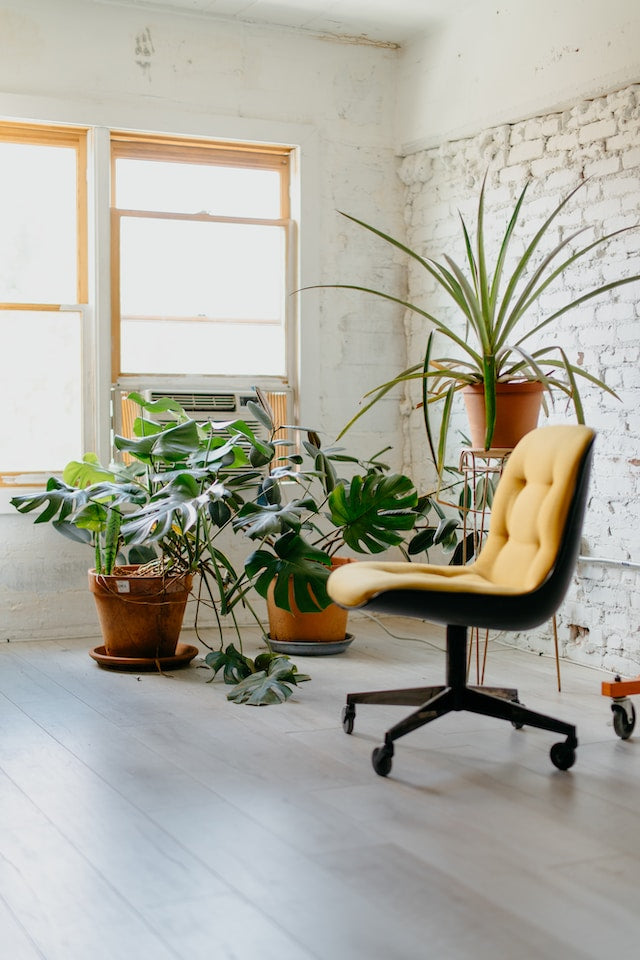
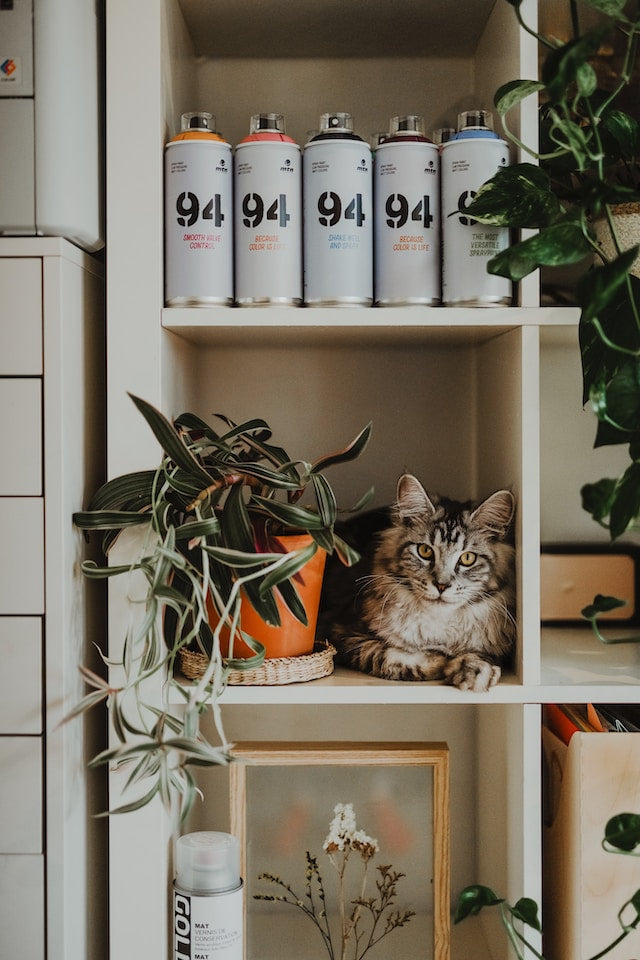
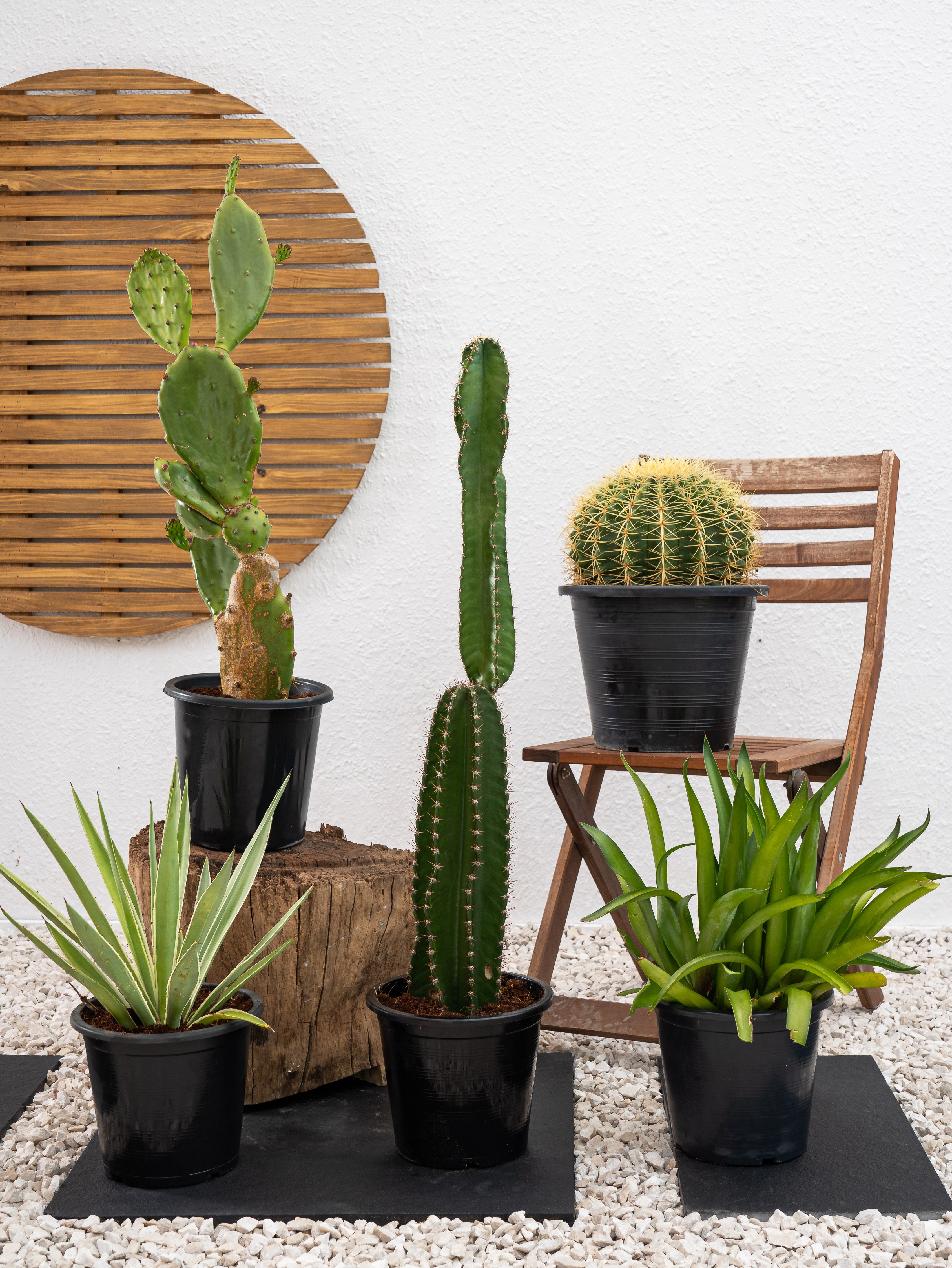
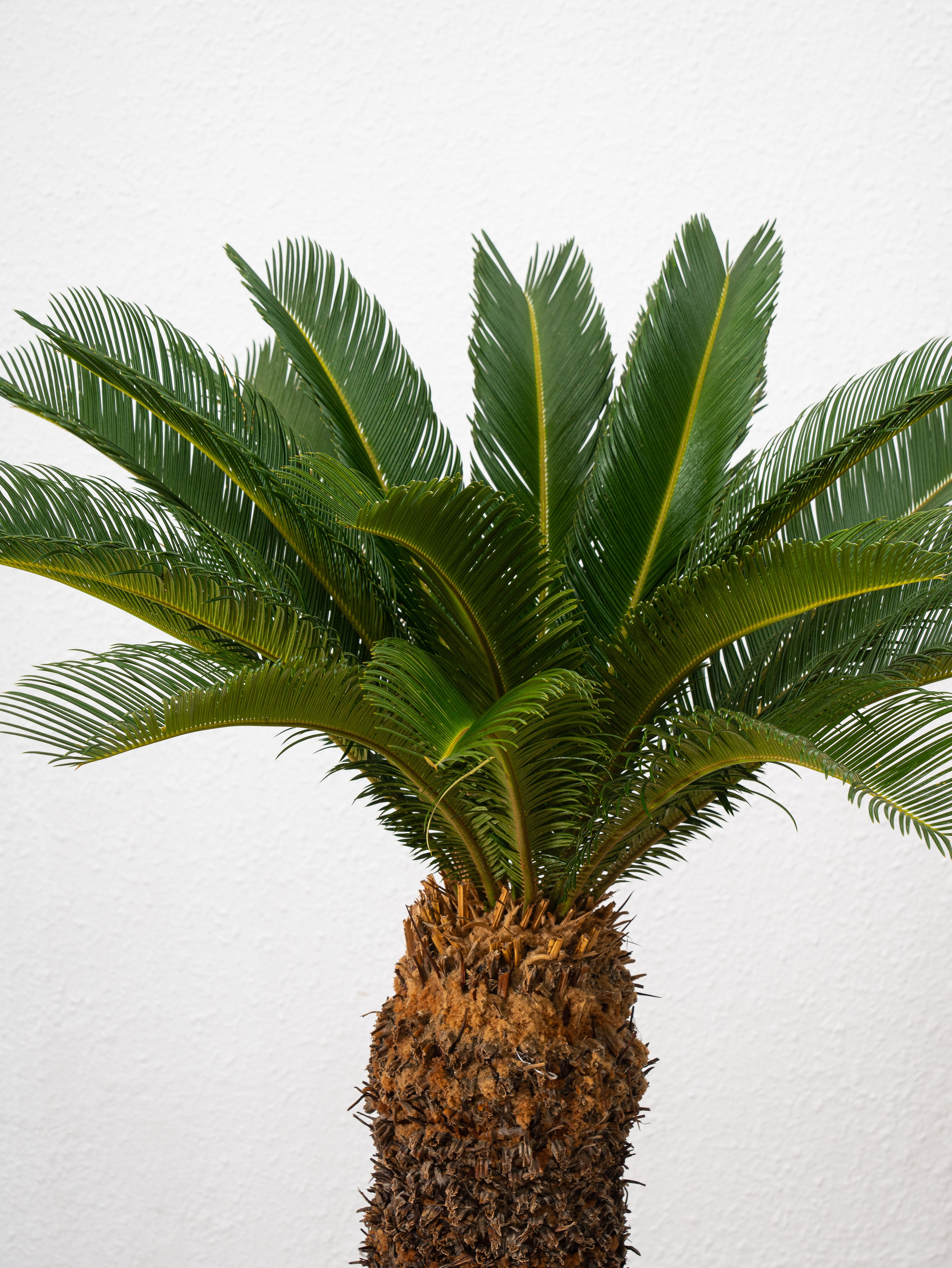
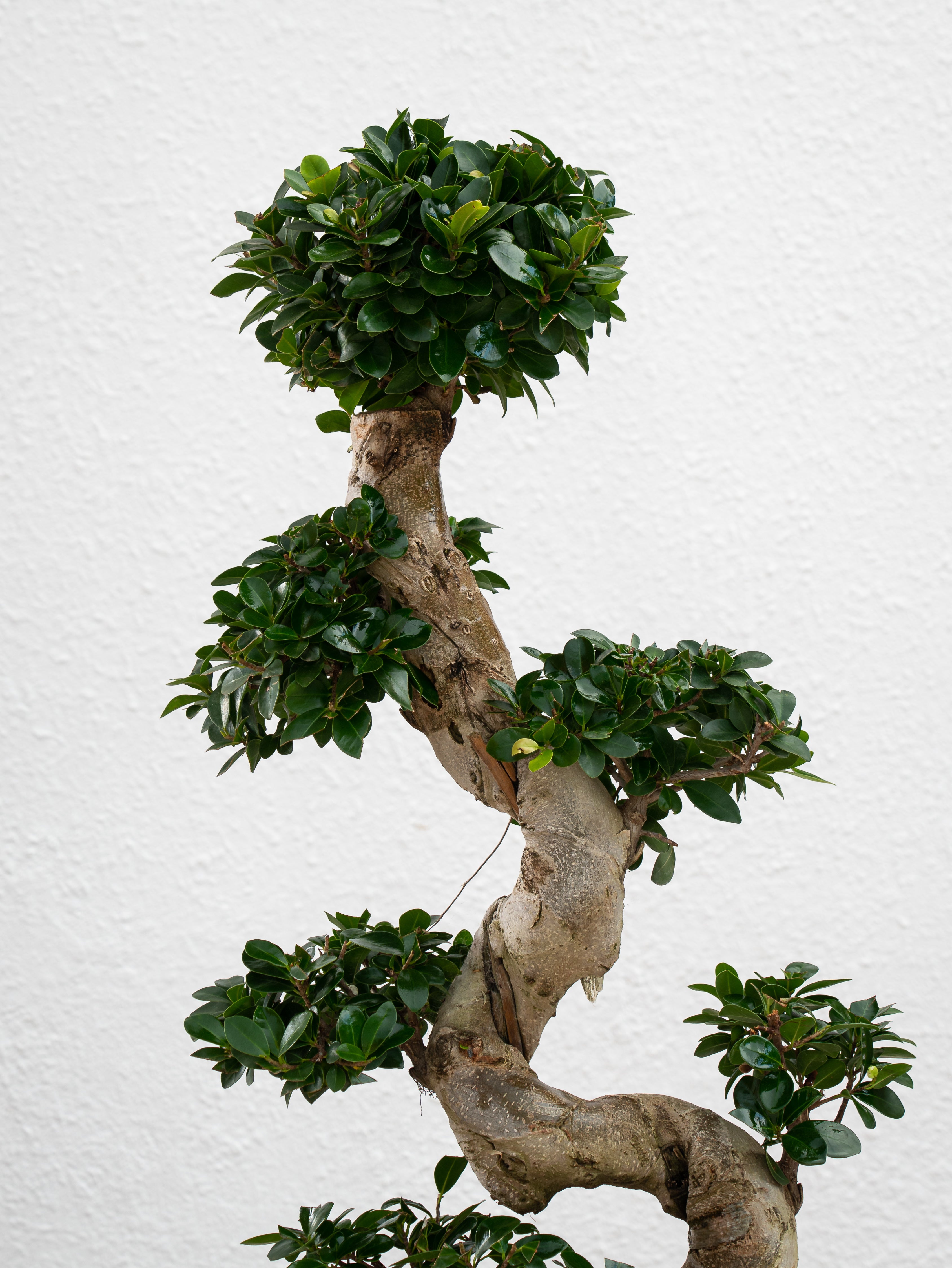
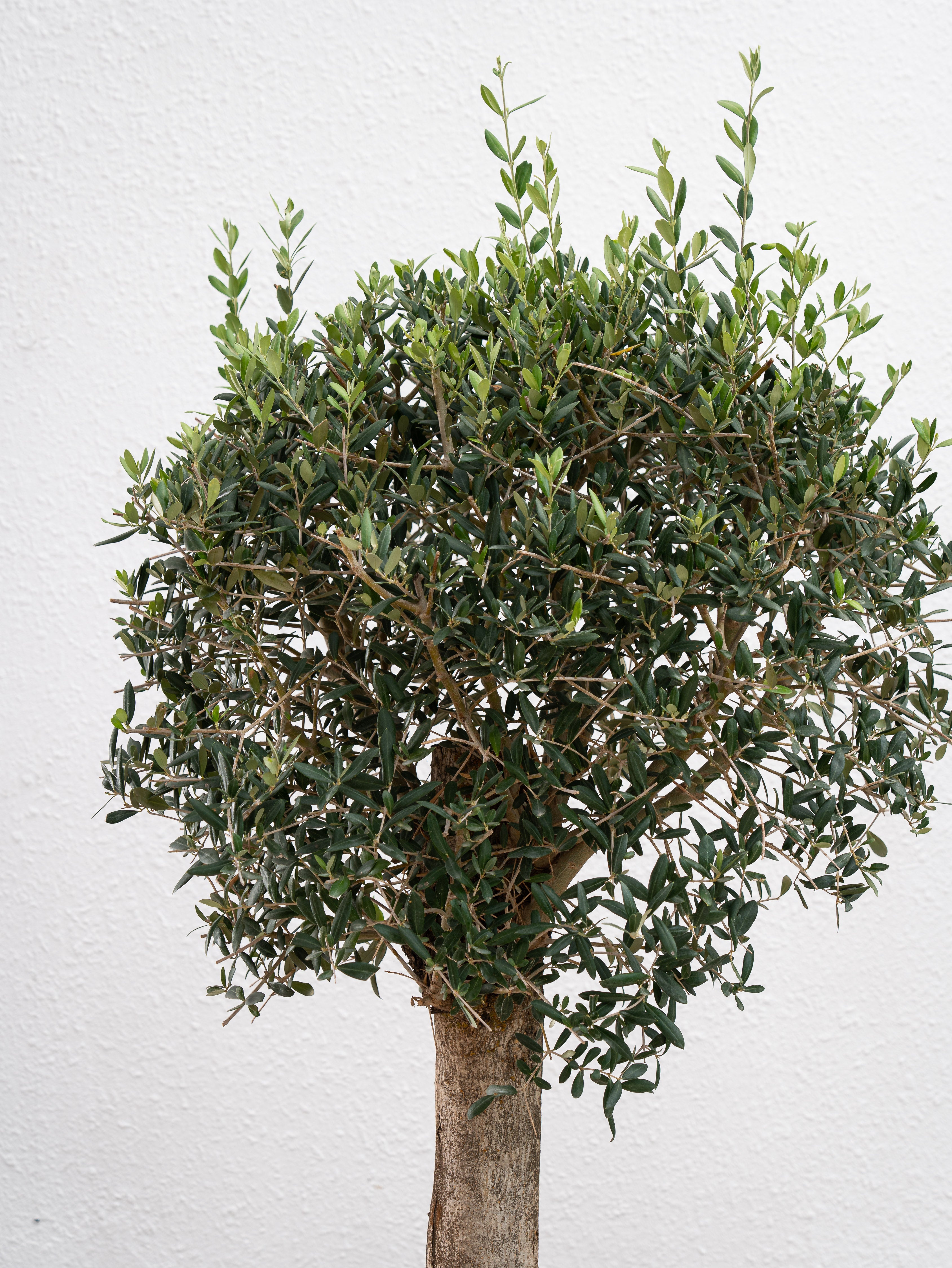
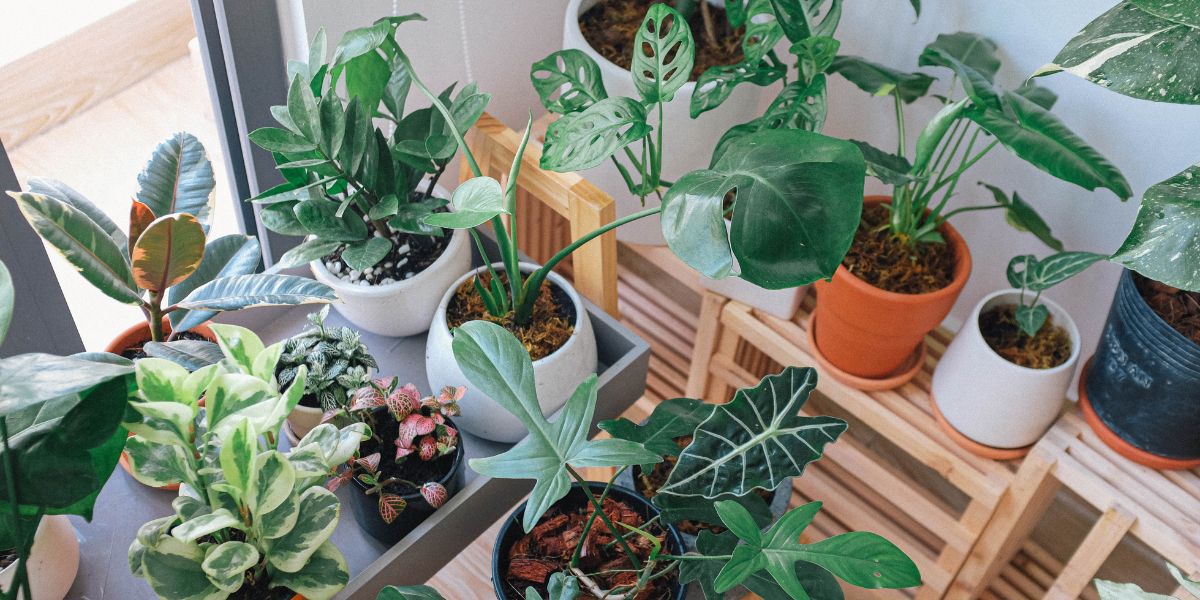
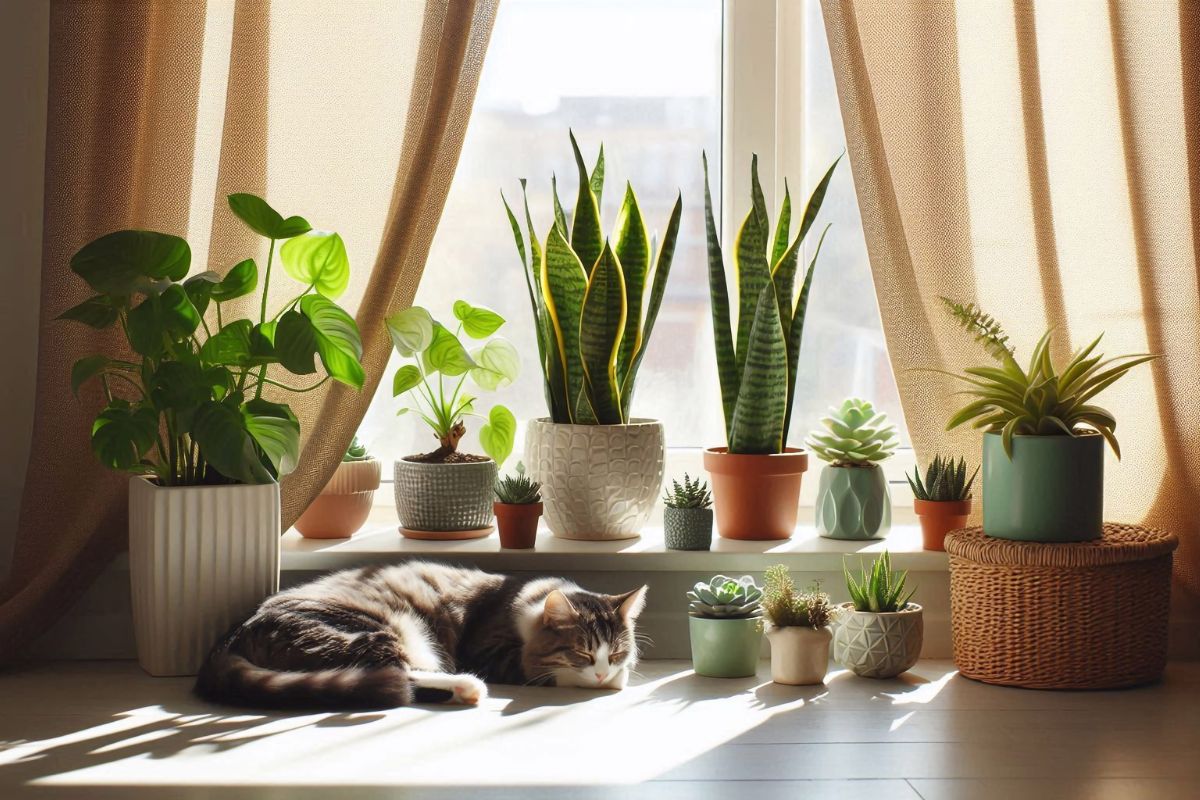
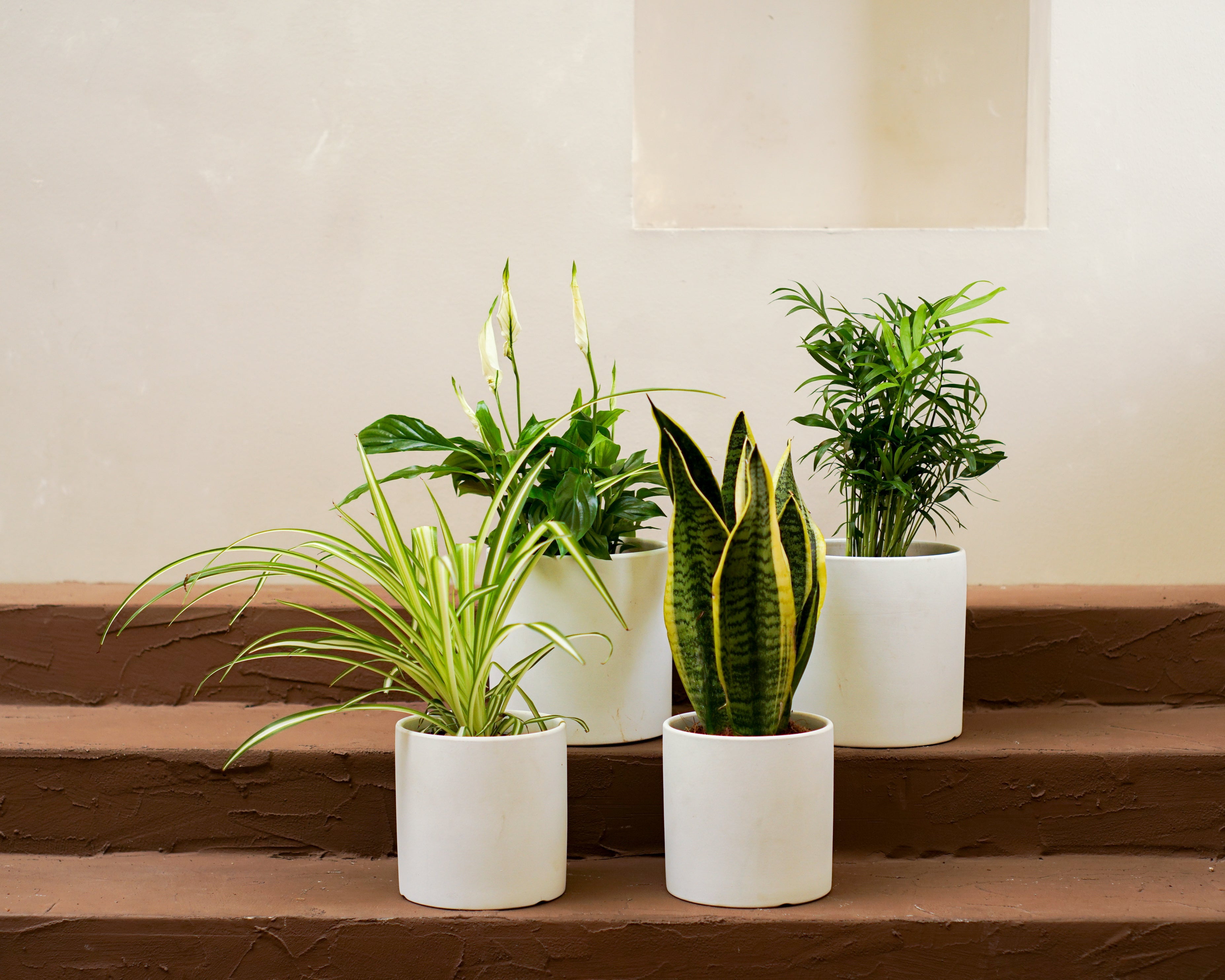
Leave a comment
This site is protected by hCaptcha and the hCaptcha Privacy Policy and Terms of Service apply.